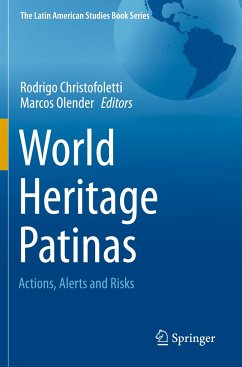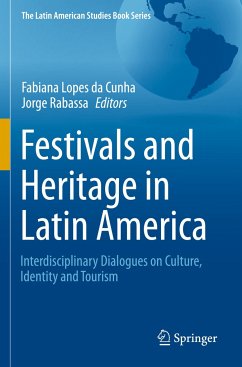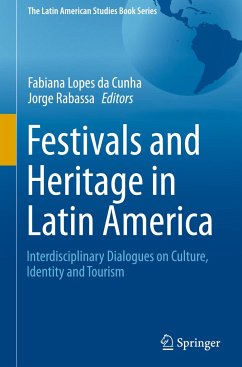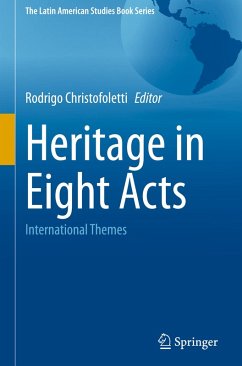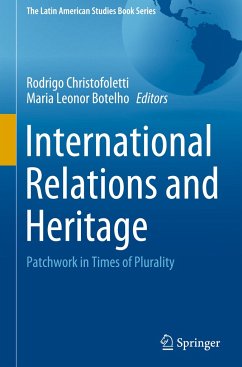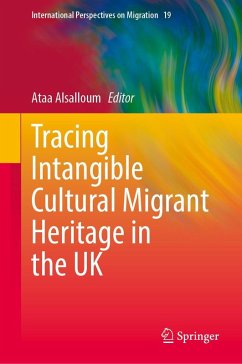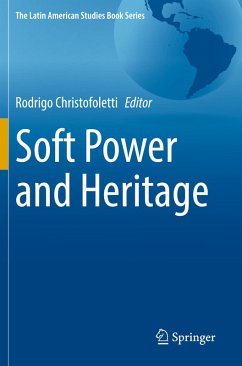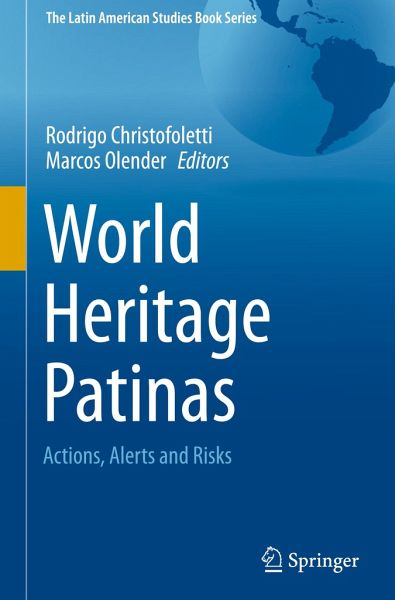
World Heritage Patinas
Actions, Alerts and Risks
Herausgegeben: Christofoletti, Rodrigo; Olender, Marcos

PAYBACK Punkte
39 °P sammeln!
This book presents studies on the management of the Brazilian world heritage and its international counterparts, relating its preservationist practices to the risks and alerts that run its maintenance in the face of so many challenges in the contemporary world. The book has encouraged scholars from a wide variety of disciplines to contribute their valuable knowledge to research on the management and risks of Brazil's world heritage. It is a bold initiative that brings together contemporary studies on management, alerts and risks of the Brazilian world heritage and some international examples. ...
This book presents studies on the management of the Brazilian world heritage and its international counterparts, relating its preservationist practices to the risks and alerts that run its maintenance in the face of so many challenges in the contemporary world. The book has encouraged scholars from a wide variety of disciplines to contribute their valuable knowledge to research on the management and risks of Brazil's world heritage. It is a bold initiative that brings together contemporary studies on management, alerts and risks of the Brazilian world heritage and some international examples. It stands out not only for its interdisciplinary approach, but above all for compiling a wide range of approaches that analyze various dimensions of world heritage management.
Unique experience in the management of world heritage allocated to Brazilian territory, this book was written by prominent academics and heritage management professionals and includes national and international case studies. It is a comprehensive academic book in Brazilian world heritage management literature and can therefore be used as an authoritative reference source as well as a significant teaching tool.
Unique experience in the management of world heritage allocated to Brazilian territory, this book was written by prominent academics and heritage management professionals and includes national and international case studies. It is a comprehensive academic book in Brazilian world heritage management literature and can therefore be used as an authoritative reference source as well as a significant teaching tool.



